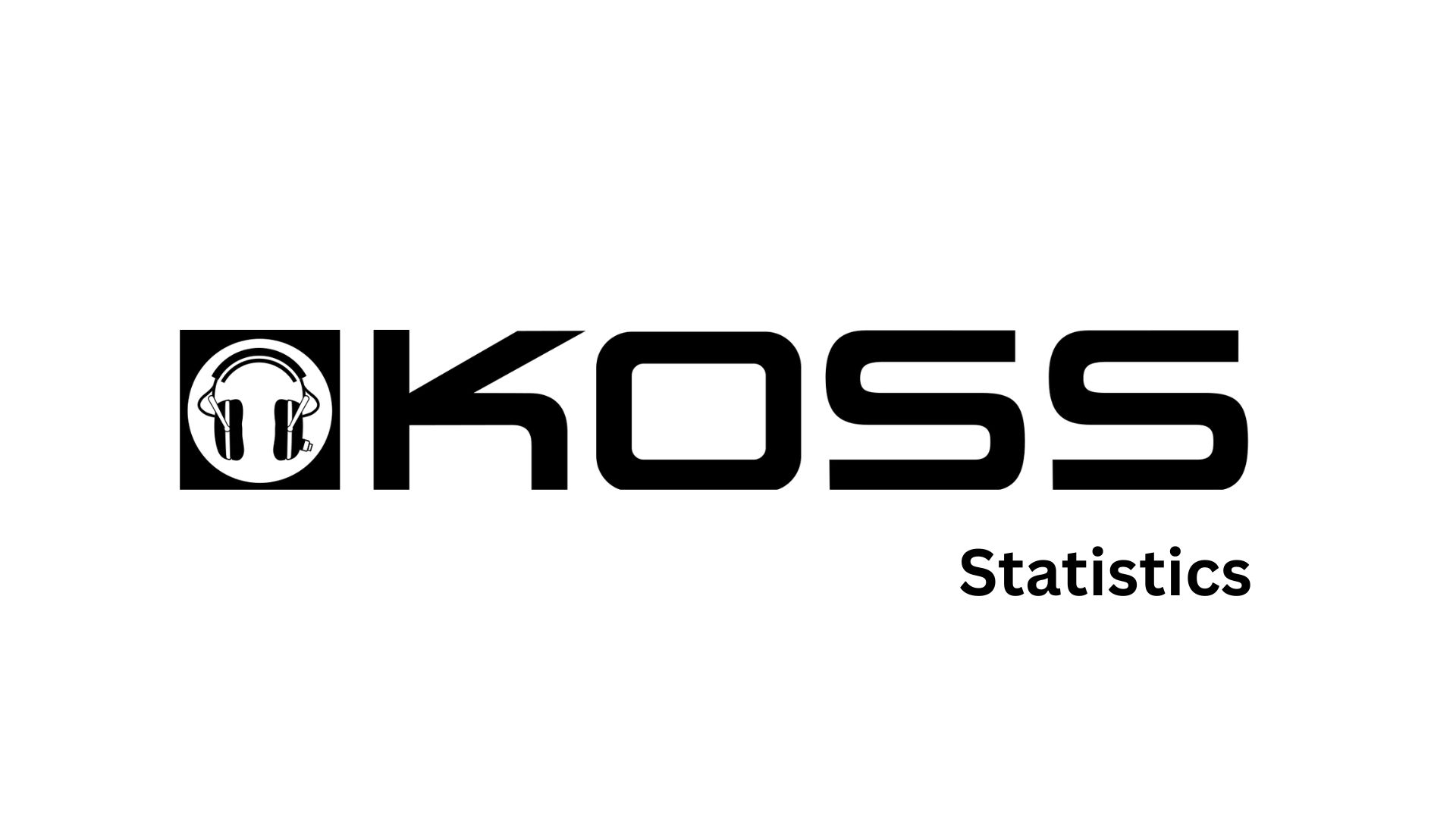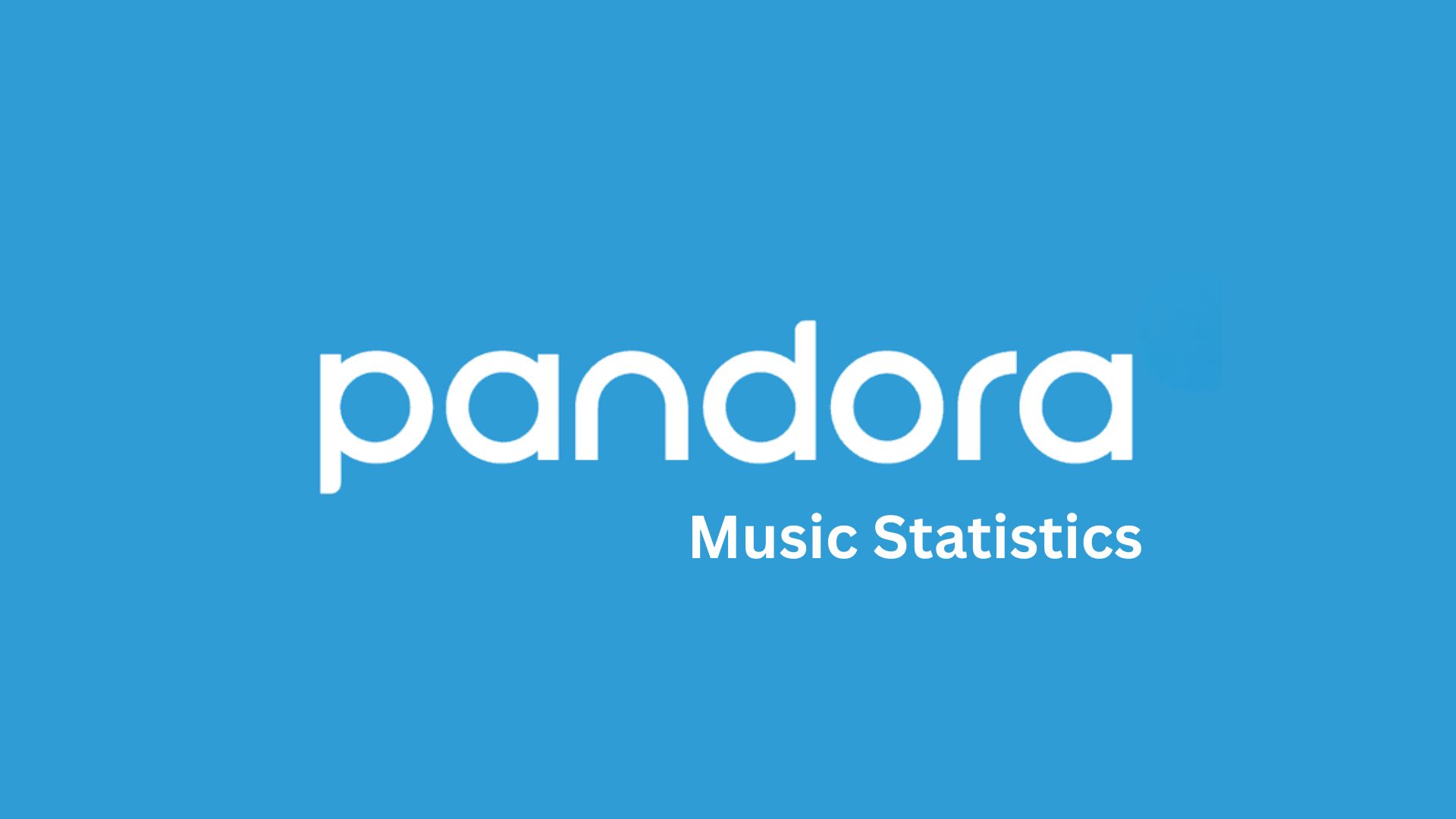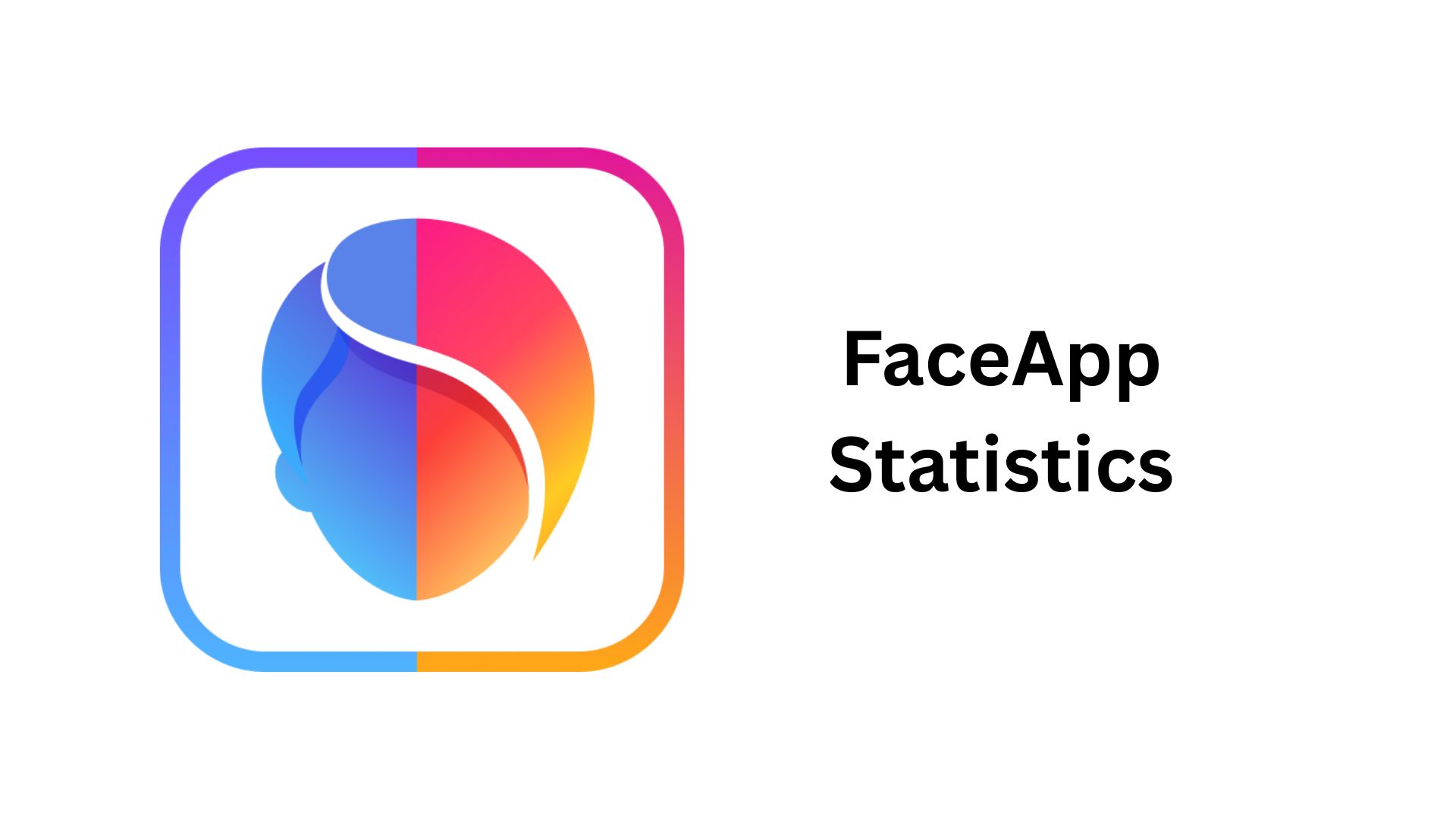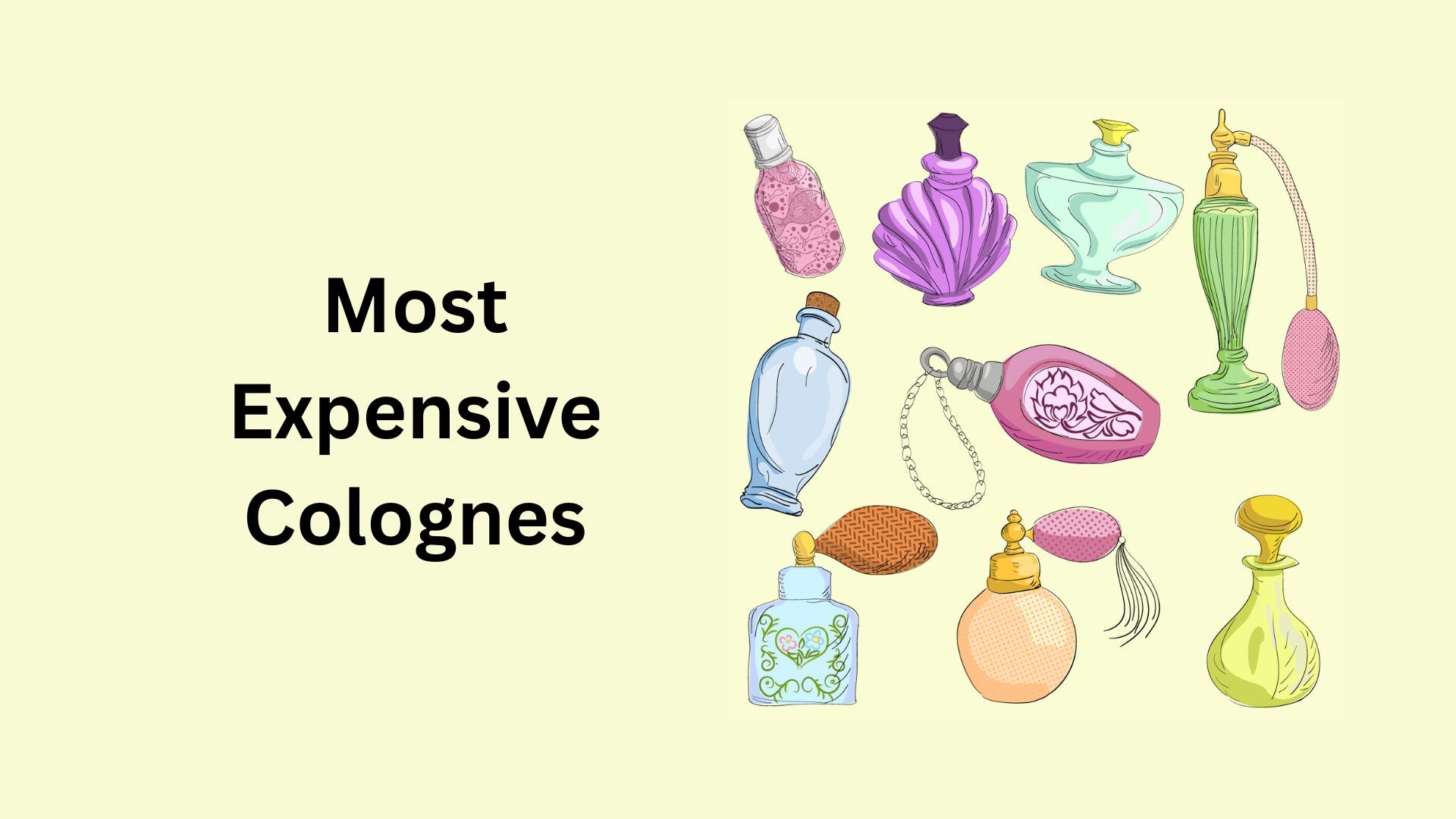Top 10 Most Expensive Fruits In The World You Won’t Believe Exist (2025 Edition)
Updated · Nov 05, 2025
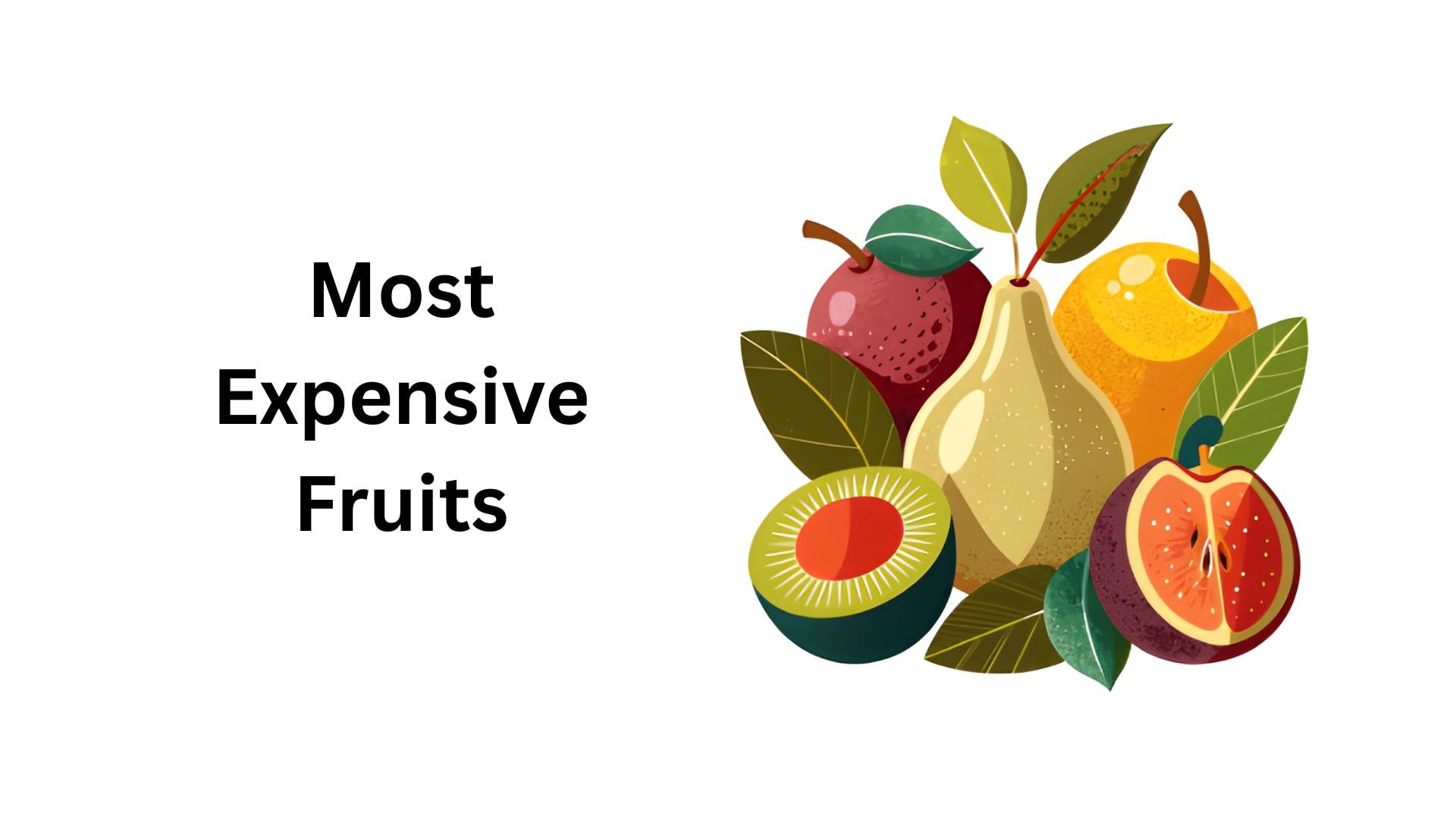
Table of Contents
- Introduction
- Exotic Fruit Market Size
- Top 10 Expensive Fruits
- Top 10 Most-Expensive Fruits Statistics by Nutrition Snapshot (per 100 g)
- #1. Yubari King Melon
- #2. Densuke Watermelon
- #3. Ruby Roman Grapes
- #4. Taiyo no Tamago Mangoes
- #5. Pineapples from Heligan
- #6. Square Watermelon
- #7. Sembikiya Queen Strawberries
- #8. Dekopon Citrus
- #9. Sekai Ichi Apples
- #10. Buddha Shaped Pears
- Conclusion
Introduction
Top 10 Most Expensive Fruits: In today’s global retail market, expensive isn’t limited to cars or jewellery anymore. It has now expanded to include rare and exotic fruits that are admired for their uniqueness and high value. These costly fruits have become symbols of status and prestige, often selling for exorbitant prices due to their limited availability, specialised growing methods, and profound cultural significance.
Starting from Japan’s Yubari King Melons to Buddha-Shaped Pears, all these fruits redefine the meaning of premium produce. Each fruit’s value reflects not only its taste and appearance but also the meticulous care taken during growth and the traditions behind it.
This article on the Top 10 Most Expensive Fruits includes many current trends and analyses from 2025, drawn from various insights.
Exotic Fruit Market Size
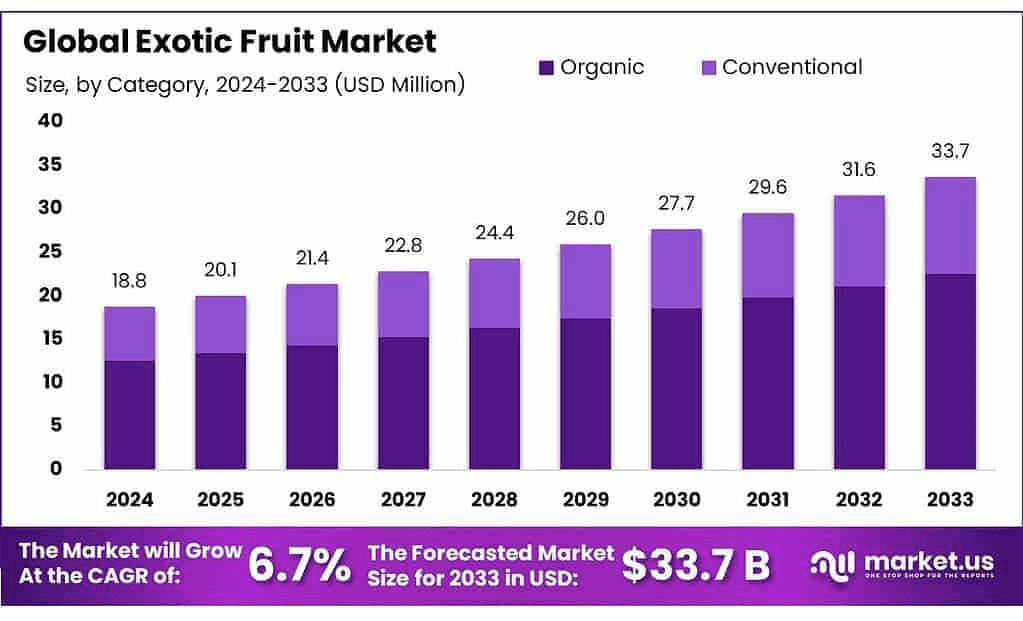
- Globally, the exotic fruit market is estimated to capture a revenue of around USD 20.1 million by the end of 2025, up from USD 18.8 million in 2024.
- The overall market growth will grow at a CAGR of 6.7% from 2024 to 2033, resulting in USD 33.7million by 2033
- Meanwhile, the conventional fruits command 67.8% of sales, while organic options grow for health reasons and mangoes lead exotic fruits with 37.8%.
- Commercial use holds 63.4%, while offline specialty stores dominate distribution at 72.3%.
- In contrast, the Asia Pacific captured the strongest share with 60.2%.
Top 10 Expensive Fruits
- #1. Yubari King Melon: USD 30,000/pair
- #2. Densuke Watermelon: USD 6,100
- #3. Ruby Roman Grapes: USD 8,400
- #4. Taiyo no Tamago Mangoes: USD 3,000
- #5. Pineapples from Heligan: USD 1,500
- #6. Square Watermelon: USD 800
- #7. Sembikiya Queen Strawberries: USD 85/pack
- #8. Dekopon Citrus: USD 80/pack of six
- #9. Sekai Ichi Apples: USD 21 (per apple)
- #10. Buddha Shaped Pears: USD 9
Top 10 Most-Expensive Fruits Statistics by Nutrition Snapshot (per 100 g)
| Names | Calories (kcal) | Carbs (g) | Sugars (g) | Fibre (g) | Protein (g) | Vitamin C (mg) | Vitamin A (µg RAE) |
| Yubari King Melon | 34 | 8.2 | 7.9 | 0.9 | 0.8 | 36.7 |
169 |
|
Densuke Watermelon |
30 | 7.6 | 6.2 | 0.4 | 0.6 | 8.1 | 28 |
| Ruby Roman Grapes | 69 | 18.1 | 15.5 | 0.9 | 0.72 | 3.2 to 10.8 |
3 |
|
Taiyo no Tamago Mangoes |
60 | 15 | 13.7 | 1.6 | 0.8 | 36 | 54 |
| Pineapples from Heligan | 50 | 13.1 | 9.85 | 1.4 | 0.54 | 48 |
5 |
|
Square Watermelon |
30 | 7.6 | 6.2 | 0.4 | 0.6 | 8.1 | 28 |
| Sembikiya Queen | 32 | 7.68 | 4.66 | 2.0 | 0.67 | 58.8 |
1 |
|
Dekopon Citrus |
53 | 13.3 | 10.6 | 1.8 | 0.81 | 26.7 | 34 |
| Sekai Ichi Apples | 52 | 13.8 | 10.4 | 2.4 | 0.26 | 4.6 to 5.8 |
3 |
|
Buddha-Shaped Pears |
57 to 58 | 15.2 | 9.8 | 3.1 | 0.36 to 0.38 | 4.3 |
1 |
Detailed Analyses of the Top 10 Expensive Fruits
#1. Yubari King Melon
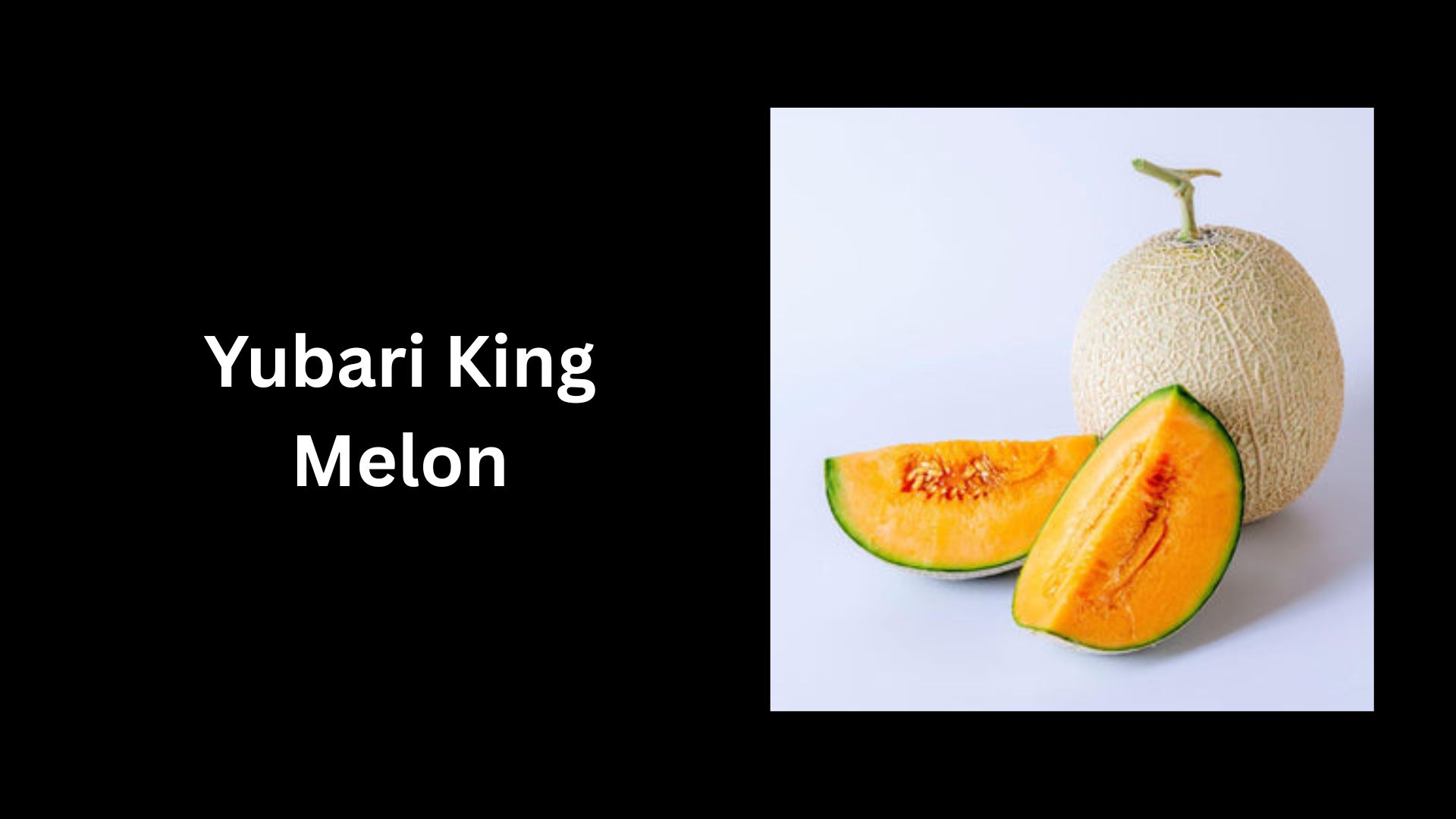
(Source: wikipedia.org)
- Yubari King is a greenhouse-grown hybrid cantaloupe (Earl’s Favourite × Burpee’s “Spicy”) produced only in Yūbari, Hokkaidō, Japan.
- It holds Japan’s Geographical Indication (GI) protection.
- Official GI specs list 1.0 to 2.5 kg per melon with ≥10° Brix sugar content.
- Sown around mid-February; main harvest May to August, with shipments extending to late September.
- As of August 2024, melon shipments reached roughly 3,200 metric tons.
- Outside the headline auctions, this premium melon typically sells in specialty shops for about USD 200.
Nutritional Content (per 100g)
Here’s a reliable per-100 g snapshot for Yubari King:
| Nutrient | Amount (Per 100g) |
| Calories | 34 kcal |
| Water | 90% |
| Carbohydrates | 8.2 g |
| Sugars | 7.9 g |
| Protein | 0.8 g |
| Fat | 0.1 g |
| Dietary Fiber | 0.9 g |
| Vitamin A | 112 IU |
| Vitamin C | 18 mg |
| Potassium | 267 mg |
| Magnesium | 10 mg |
| Calcium | 9 mg |
| Iron | 0.2 mg |
(Source: Coolest-gadgets)
#2. Densuke Watermelon

- Densuke is a black-skinned watermelon grown almost exclusively in Tōma, Hokkaidō, Japan.
- Typically available late June to August at Tōma’s “Densuke’s House” product centre (Michi-no-Eki).
- A 7.7 kg Densuke sold for 650,000 yen (approximately USD 6,100) at auction on June 6, 2008.
- Outside headline auctions, Densuke commonly retails around 20,000 to 30,000 yen (about USD 188 to 283) per melon.
- In 2008, officials expected roughly 9,000 Densuke melons for the season.
- Most Densuke melons weigh 5 to 10 kg, aligning with premium “gift” grades in Japan’s fruit-gift culture.
- Reported average sweetness around 12.5 °Brix.
Nutritional Content (per 100g)
Here’s a per-100 g profile you can use for Densuke watermelon.
| Nutrient | Amount | Share of Daily Value |
| Energy | 30 kcal | 1.50% |
| Carbohydrates | 7.6 g | 6% |
| Protein | 0.6 g | 1% |
| Total Fat | 0.15 g | 0.50% |
| Dietary Fiber | 0.4 g | 1% |
| Vitamin A | 569 IU | 19% |
| Vitamin C | 8.1 mg | 13.50% |
| Potassium | 112 mg | 2.50% |
| Magnesium | 10 mg | 2.50% |
| Lycopene | 4532 µg | – |
(Source: Coolest-gadgets)
#3. Ruby Roman Grapes
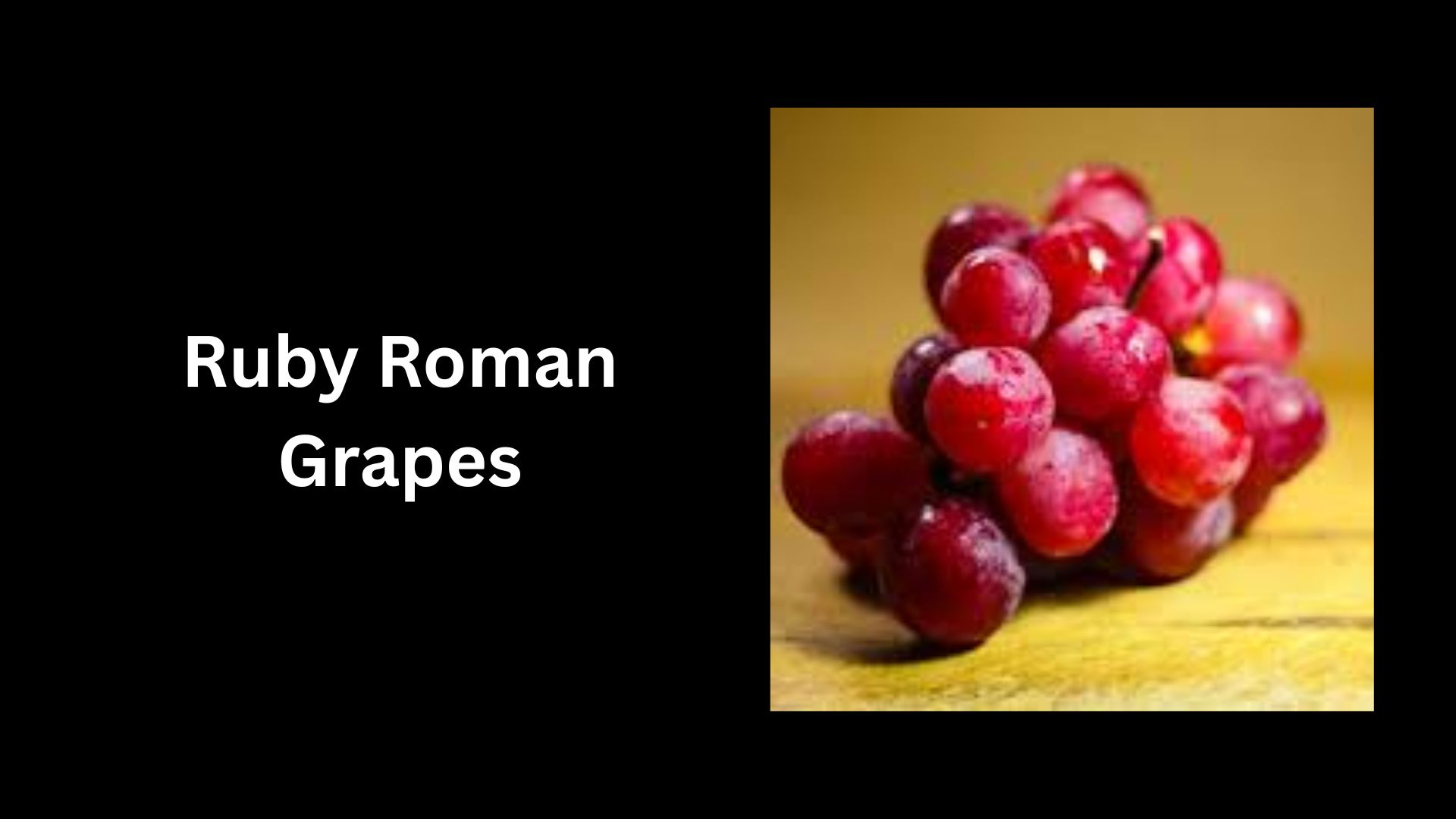
- Ruby Roman is a red table grape from Japan.
- It grows only in Ishikawa Prefecture and is known for its berries, which are as large as ping-pong balls.
- The first batch offered in 2008 fetched ¥100,000 (approximately USD 910) for 700 g (about USD 0.14 per grape).
- Each berry must be ≥20 g, ≥30 mm in diameter, and ≥18° Brix sugar; a special “Premium” class requires every berry to be≥30 g and the bunch to be≥700 g.
- In one season, only 5 of 22,844 bunches were Premium.
- In 2020, the auction price was ¥1.3 million (around USD 12,200), resulting in about USD 400 per grape.
- Regular bunches generally sell for USD 90 to 450 in Japan
- Berries are often described as ping-pong-ball-sized with a vibrant ruby colour.
Nutritional Profile (Per 100g)
| Nutrient | Amount per 100g |
| Calories | 69 kcal |
| Carbohydrates | 18.1 g |
| Sugars | 15.5 g |
| Dietary Fiber | 0.9 g |
| Protein | 0.7 g |
| Fat | 0.2 g |
| Vitamin C | 10 mg |
| Vitamin K | 14 µg |
| Potassium | 191 mg |
| Magnesium | 7 mg |
| Iron | 0.3 mg |
| Calcium | 10 mg |
| Phosphorus | 20 mg |
| Zinc | 0.1 mg |
#4. Taiyo no Tamago Mangoes
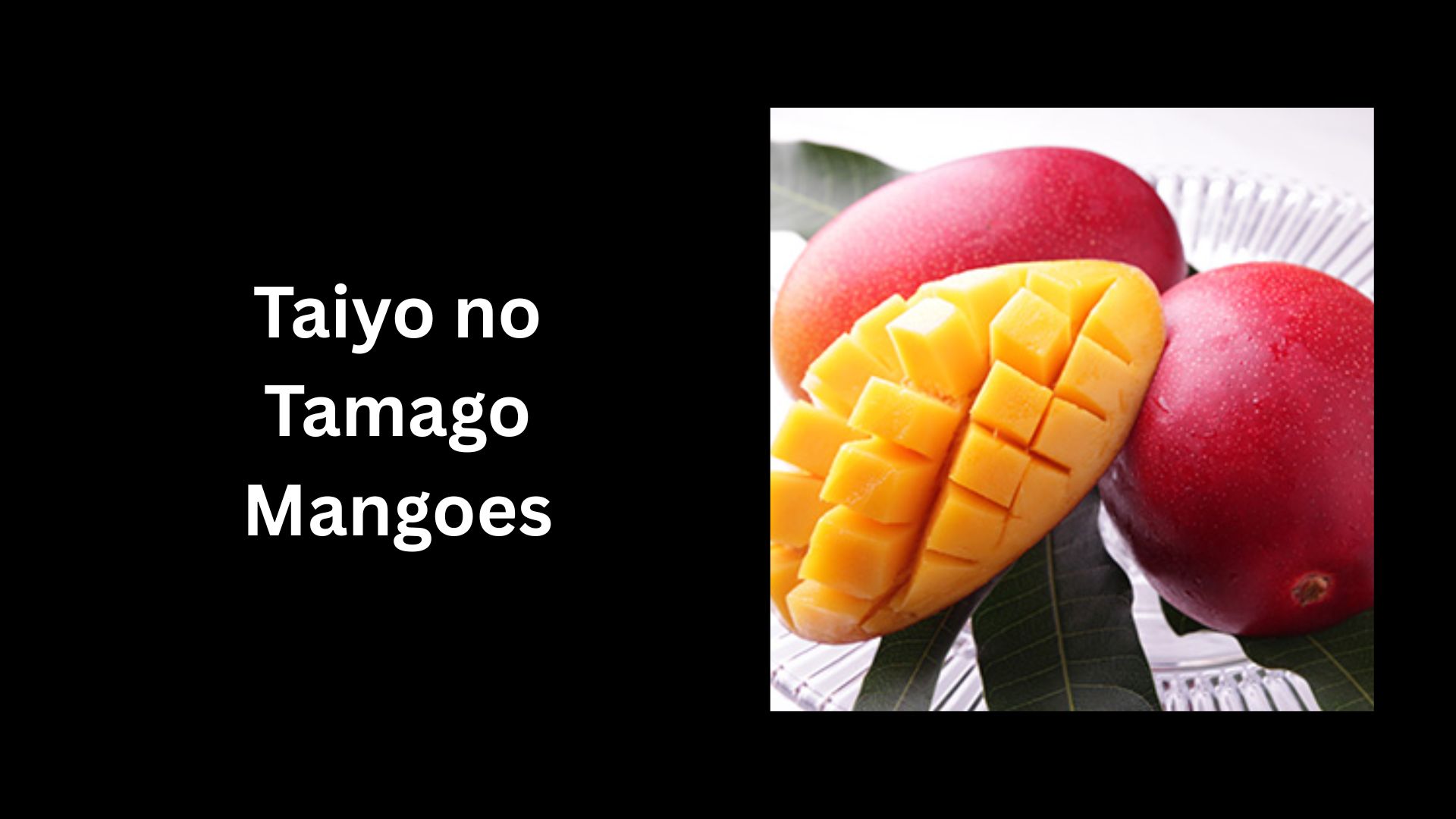
- Taiyō no Tamago (“Egg of the Sun”) is the top grade of Miyazaki mangoes from Kyushu, Japan.
- To earn the Taiyō no Tamago label, each mango must weigh ≥350 g and test at ≥15% Brix (sugar).
- Around 80% of early fruits are thinned, so the remainder grow larger.
- Shipping runs from April to August, with peak availability and best (relative) prices in May to June.
- Only about 10% of Miyazaki mangoes meet the strict Taiyō no Tamago standards.
- ¥600,000 for a pair at the season’s first auction in April 2023 ( approximately USD 4,000).
- A single fruits often list around USD 50+ at retail.
Nutritional Content Profile (Per 100g)
| Nutrient | Amount per 100g |
| Energy | 60 kcal |
| Carbohydrates | 15g |
| Sugars | 14g |
| Dietary Fiber | 1.6g |
| Protein | 0.8g |
| Fat | 0.4g |
| Vitamin C | 36.4 mg |
| Vitamin A | 54 µg |
| Vitamin K | 4.9 µg |
| Vitamin E | 0.9 mg |
| Calcium | 11 mg |
| Magnesium | 9 mg |
| Potassium | 168 mg |
| Phosphorus | 18 mg |
| Iron | 0.2 mg |
| Zinc | 0.1 mg |
| Copper | 0.1 mg |
| Manganese | 0.04 mg |
| Selenium | 0.6 µg |
#5. Pineapples from Heligan

- Heligan pineapples are grown at the Lost Gardens of Heligan, Cornwall (UK), in restored Victorian “pineapple pits.”
- Estimates for a single Heligan pineapple range from over £1,000 (labour + materials).
- Operating a pit requires large volumes of fresh horse manure and considerable manual labour to maintain stable temperatures.
- From Heligan, approximately 30 tonnes were barrowed in a season.
- Meanwhile, planting to a finished fruit typically takes around two years in cool-climate methods.
- Heligan’s pit has grown traditional varieties such as ‘Jamaica Queen’ and ‘Smooth Cayenne’.
#6. Square Watermelon
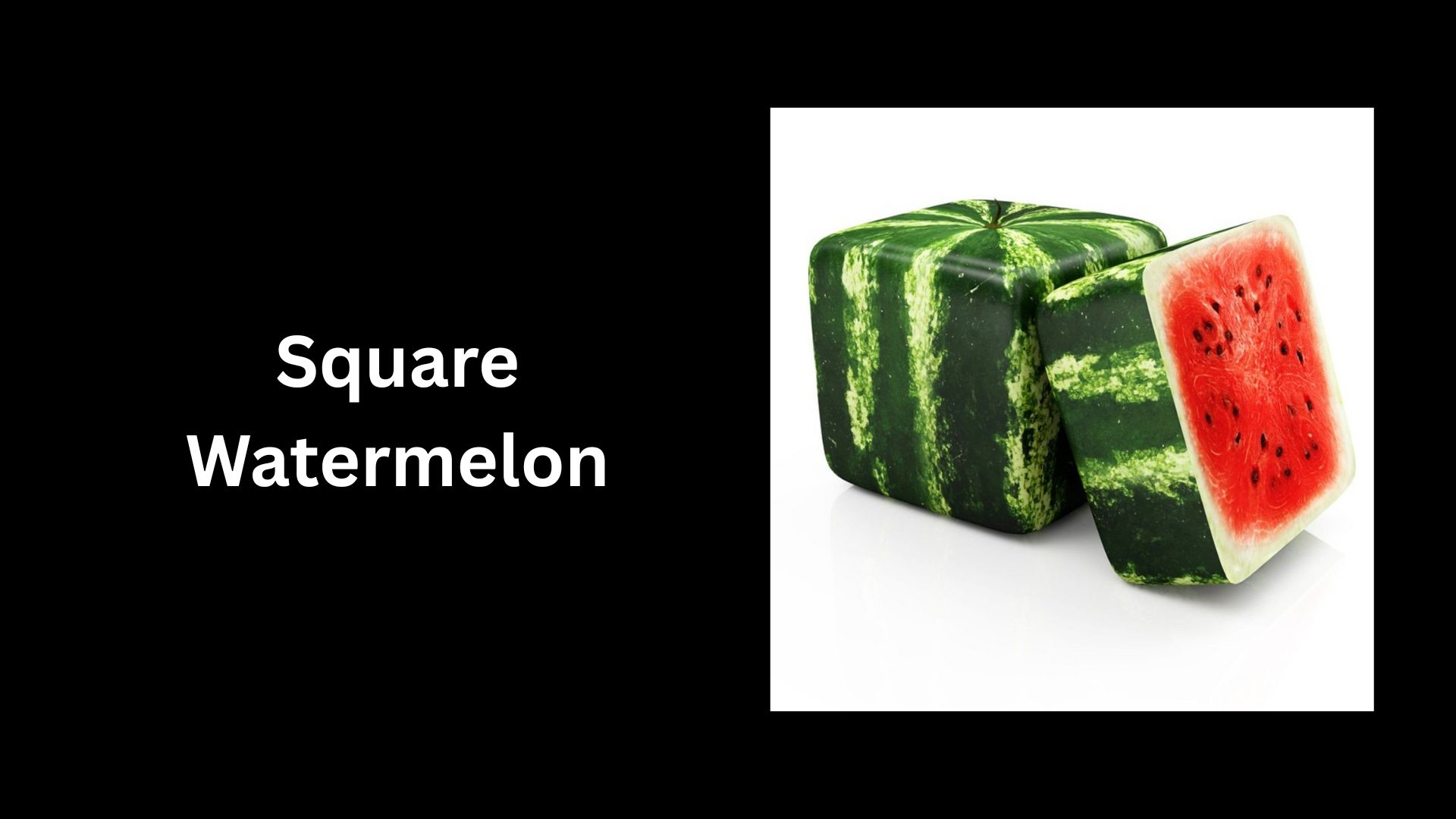
- The concept is credited to Japanese designer Tomoyuki Ono (1978) and is now a speciality of Zentsuji, Kagawa, in Japan.
- Most are ornamental, not for eating, as they are harvested before ripening to preserve the cube.
- Retail cubes are standardised to approximately 18 × 18 cm and commonly weigh between 6 and 8 kg.
- Production is small, with approximately 200 to 400 cubes produced per year, depending on the harvest; some seasons plan for 400 shipments.
- Crafting a perfect cube is challenging, resulting in very high failure rates (up to 90%) for sale-worthy melons.
- Entry prices start around ¥10,000 to 20,000 (USD 65 to 130), commonly ¥20,000+, with premium/low-yield years seeing ¥50,000 (USD 330 to 430) or more.
- International sales and luxury resellers often list cubes at USD 200 to USD 500+; recent examples include USD 268 (a Singapore retailer) and USD 455 (a U.S. reservation for the 2025 harvest).
Nutritional Content (per 100g)
| Nutrient | Amount |
| Calories | 30 |
| Carbohydrates | 7.6g |
| Sugars | 6.2g |
| Protein | 0.6g |
| Fat | 0.2g |
| Vitamin A | 5% DV |
| Vitamin C | 14% DV |
| Potassium | 4% DV |
| Magnesium | 4% DV |
#7. Sembikiya Queen Strawberries

- Sembikiya “Queen Strawberries” (Nyohō strawberries) are a limited-season premium variety grown exclusively for Sembikiya by select farmers in Kagawa Prefecture.
- Commonly sold in boxes of 12 for about USD 80 to 100 per box (roughly USD 6.7 to 8.3 per berry).
- Multiple sources list the price points at around USD 85 per box.
- At USD 85 for 12 meticulously graded berries, pricing has been estimated at USD 214 per pound.
- Berries are hand-picked and gift-boxed, each fruit nearly identical in shape, crimson colour, and sheen.
- Sembikiya’s Queen Strawberry Parfait appears as a seasonal menu item from January to April.
- Most expensive fruits” consistently list Queen Strawberries at USD 80 to 100 per box.
#8. Dekopon Citrus

- Dekopon (generic name Shiranui) is a late-season Japanese mandarin hybrid (Kiyomi × Ponkan), developed in 1972 in Japan.
- It’s sold as Sumo Citrus in the U.S., Hallabong in Korea, and Kinsei in Brazil.
- Premium fruit must reach ≥13° Brix sugar; typical range 13 to 18° Brix with <1% citric acid, yielding a very sweet, low-acid taste.
- Juice content is generally more than 40%.
- Size and weight vary from 8 to 10 oz (225 to 285 g) per fruit; some commercial lines average 400 g and a diameter of 90 mm.
- In the U.S., Sumo/Dekopon is typically in stores from January to April.
- One Sumo/Dekopon can provide about 163% DV vitamin C and 10% DV potassium.
- Premium Dekopon commonly sells for ¥750 (USD 6 to 7) per fruit; luxury gift boxes are cited at USD 80 for six pieces.
- The taste profile includes extra-sweet, very juicy segments, easy-peel rind, and no seeds.
#9. Sekai Ichi Apples

- Sekai Ichi (literally “world’s number one”) is a Japanese apple cultivar released in 1974 in Aomori Prefecture.
- Average circumference 30 to 45 cm and weight commonly 350 to 800 g, with standout fruits approaching 1 kg.
- It tastes of juicy, sweet apples with 15 to 18 °Brix sugar; the flavour is rich and less tart.
- Classified as a mid/late-season variety harvested around late October, and keeps 3 to 4 months under refrigeration.
- Frequently sold in upscale Japanese fruit shops for about USD 20 to 25 per apple.
#10. Buddha Shaped Pears
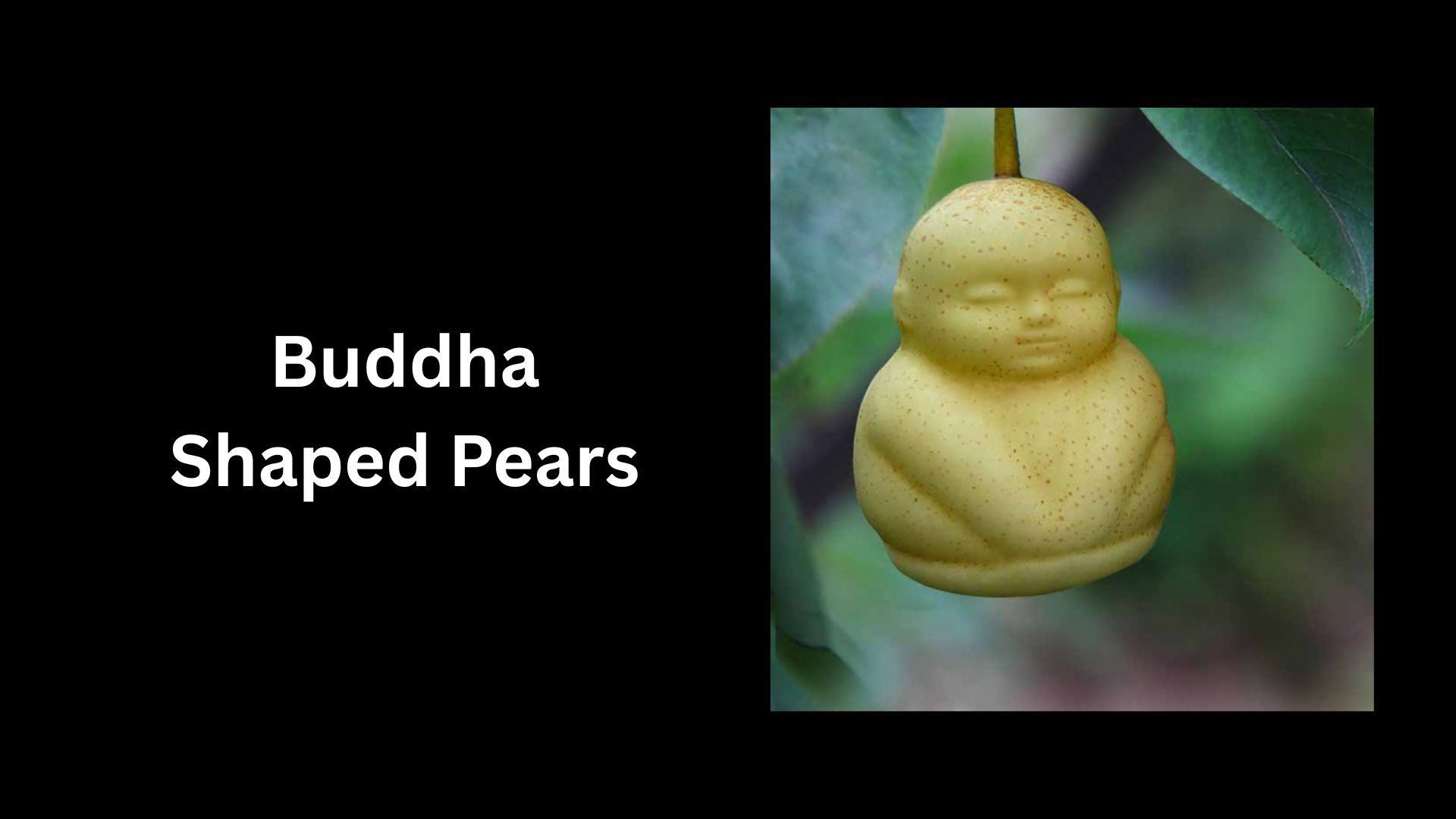
- Real pears are grown inside clear plastic moulds to form a seated Buddha figure.
- Developed by Hao (Gao) Xianzhang in Weixian County, Hebei, China.
- In one early season, around 10,000 pears; another report notes 18,000 sold.
- The cost of a pair of earphones ranges from USD 8 to 10, each.
- Each young pear is individually moulded and timed precisely for harvest/shipping, driving retail to USD 8 to 9 apiece.
- Marketed as “lucky” or auspicious gifts, inspired by a Chinese myth about Buddha-shaped fruit bringing good fortune/immortality.
- It became a Tet gift hit in Vietnam, reportedly selling around 50 yuan each after moulding.
Conclusion
Almost all the most expensive fruits in the world are best known for their rarity, cultural significance, and cultivation process, rather than their taste. Japan’s Yubari King Melons can cost over USD 30,000 a pair, while Ruby Roman Grapes are sold for about USD 8,400. These luxury fruits represent status and are often chosen as special gifts. Such fruits are cultivated with great care in ideal conditions, and each one looks and tastes exceptional.
Whether for auctions or high-end events, they show how farming can become an art of luxury and perfection. This article will guide you effectively in understanding the global market of expensive fruits, along with their importance and usage.
Sources
FAQ.
Some fruits are expensive due to rarity, special cultivation, limited supply, and flawless quality.
People can buy expensive fruits from luxury fruit stores, online markets, or exclusive Japanese auctions.
Japan, Thailand, South Korea, China, and the United Kingdom produce the world’s most expensive fruits.
No, expensive fruits are naturally grown using traditional methods, not genetically modified or engineered.
Wealthy collectors, luxury hotels, and business elites buy them as rare gifts or status symbols.

Maitrayee Dey has a background in Electrical Engineering and has worked in various technical roles before transitioning to writing. Specializing in technology and Artificial Intelligence, she has served as an Academic Research Analyst and Freelance Writer, particularly focusing on education and healthcare in Australia. Maitrayee's lifelong passions for writing and painting led her to pursue a full-time writing career. She is also the creator of a cooking YouTube channel, where she shares her culinary adventures. At Smartphone Thoughts, Maitrayee brings her expertise in technology to provide in-depth smartphone reviews and app-related statistics, making complex topics easy to understand for all readers.

